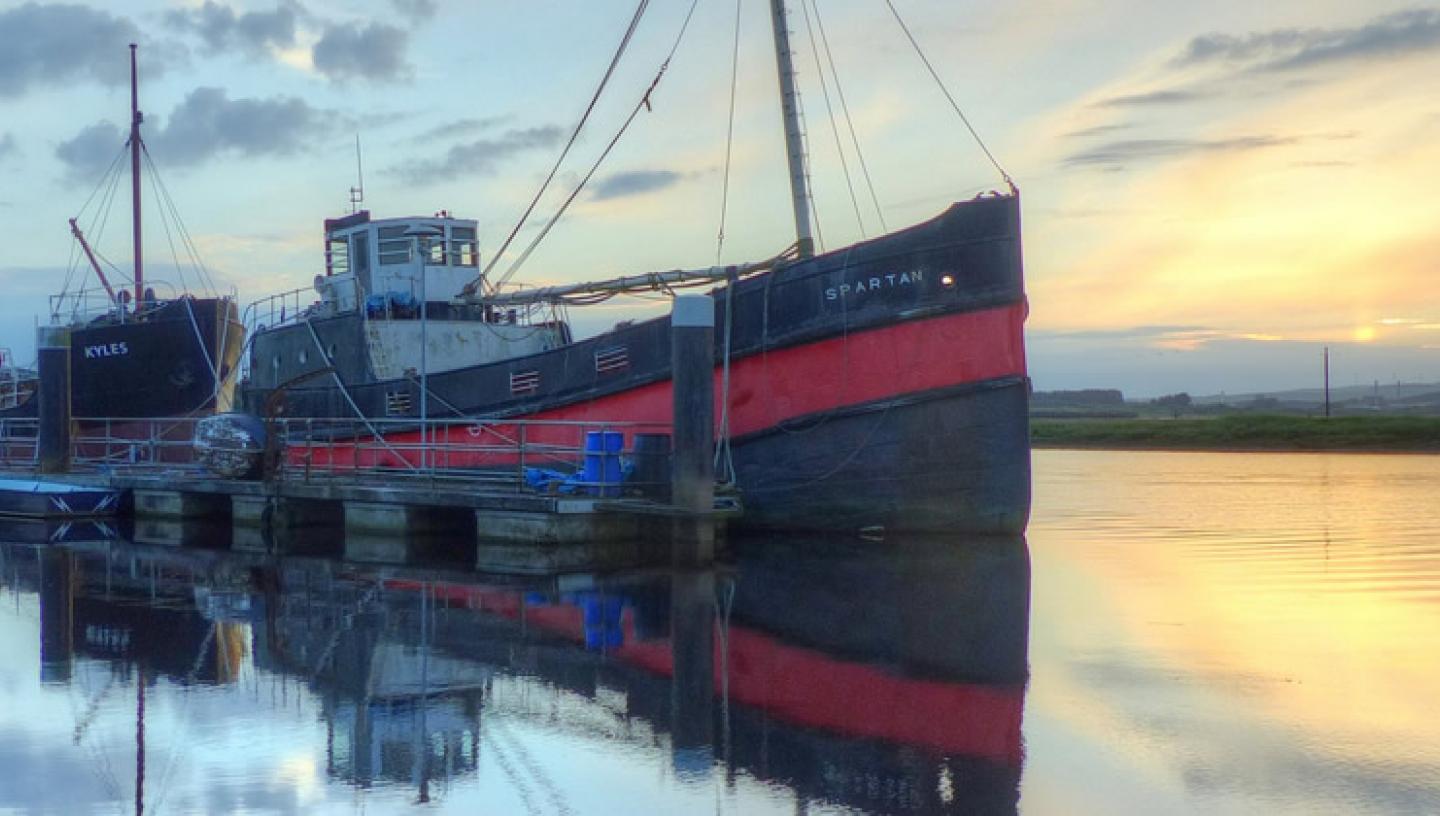
No.1 Smithery
No.1 Smithery is a new cultural and maritime history centre at the heart of the Historic Dockyard, Chatham. The result of a unique partnership between the Chatham Historic Dockyard Trust, the National Maritime Museum and the Imperial War Museum, it features several ship models from the National Maritime Museum’s collection.
Crew Lists of the British Merchant Navy - 1915
For the first time ever, all the surviving Crew Lists of the British Merchant Navy from the year 1915 have been transcribed and the information made available to search online for free. A partnership project between the National Maritime Museum and The National Archives.
Read more about Crew Lists of the British Merchant Navy 1915
Travellers' Tails
This partnership project delves into the history of exploration, art and science, inspired by Royal Museums Greenwich’s acquisition of George Stubbs's paintings of a kangaroo and dingo. Travellers' Tails is a collaboration between Royal Museums Greenwich and four partner museums.
An Empire of Islands: Concepts, Contexts and Collections
The National Maritime Museum is working with Dr Douglas Hamilton, University of Winchester and Dr John McAleer, University of Southampton, on a series of workshops on the theme of islands and empire, funded by the Arts and Humanities Research Council. The meetings will bring together international scholars to explore the roles played by islands in shaping the British Empire.
Often imagined as special places, islands have long been seen as Edenic or utopian. Small islands situated in the middle of oceans and remote from continental land masses often possess an importance out of all relation to their size and resources.
Read more about An Empire of Islands
National Historic Ships UK
Funded by the government and supported by Royal Museums Greenwich, National Historic Ships UK is an independent organisation dedicated to providing advice on all matters relating to historic vessels in the UK.
Read more about National Historic Ships UK
Conservation Skills Initiative
Through the Heritage Lottery-funded Conservation Skills Initiative we offer Conservation graduates and craftspeople year-long internships, working with our conservators to preserve metal and textile items from our collections.
Read more about the Conservation Skills Initiative
Learning partnership projects
The National Maritime Museum works closely with local, national and school partners on projects that focus on our world-class collections as resources to inspire high-quality creative outcomes.
Stories from the Sea
A unique resource to support teachers in using museum objects, paintings and manuscripts to develop children’s skills in writing. It is a partnership between the National Maritime Museum and Time and Tide Museum.
Read more about Stories from the Sea
Board of Longitude archives project
Learning resources created as part of a joint project with Cambridge University Library to digitise the Board of Longitude archive and associated materials.
See the complete digitised archive (funded by JISC)
The Quest for Longitude
Resources for Media & Design students to create interactive multimedia posters for an exhibition using augmented reality app Blippar. In partnership with Ravensbourne College and Blippar.
Read more about the Quest for Longitude learning project
Associated museums
We have forged associations with several other museums.